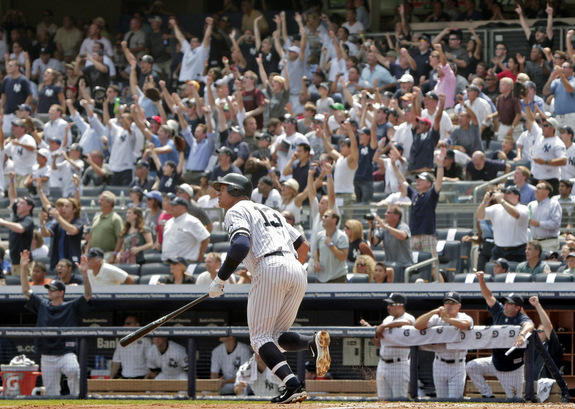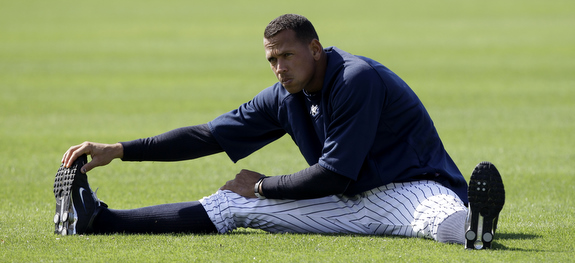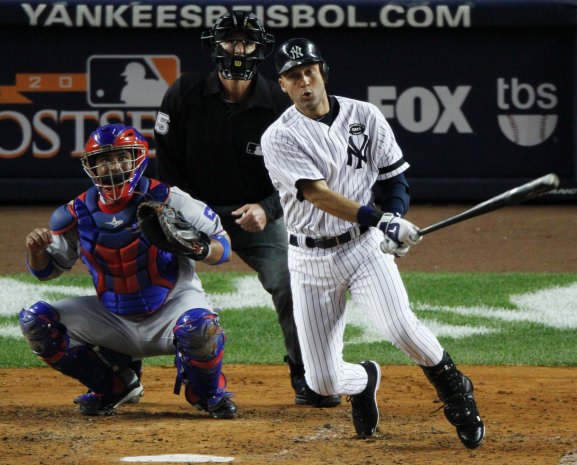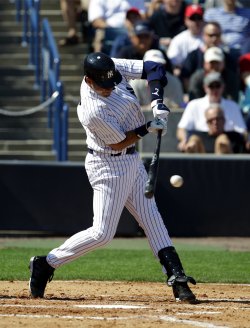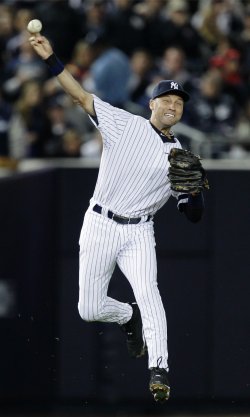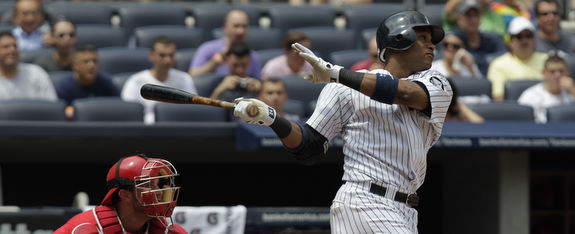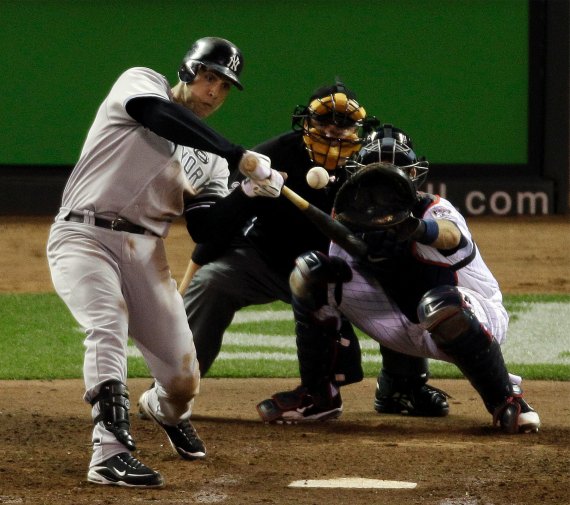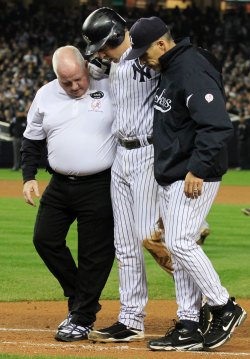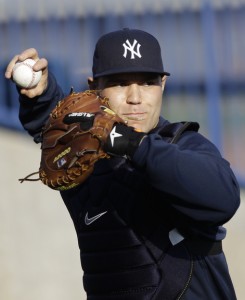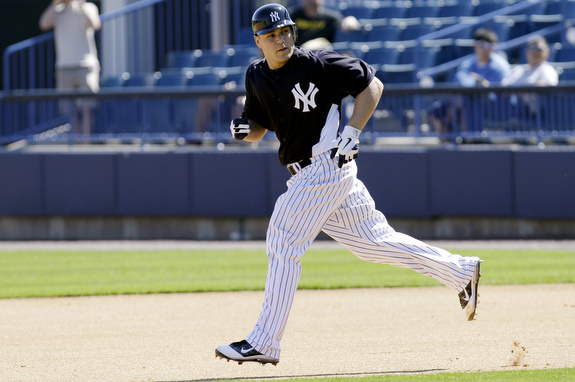As we count down the days and weeks leading up to the season, we’re going to preview the 2011 Yankees by looking at each of their core players and many, many more. A new preview will go up every day, Monday through Friday, from now until Opening Day.
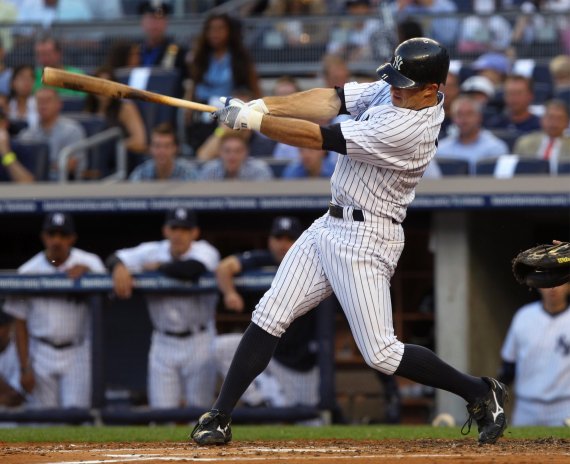
“I guarantee you, [the Yankees] outfield next season will not be Curtis Granderson, Nick Swisher and Brett Gardner.” – Ken Rosenthal on December 22, 2009.
To a distant observer, Rosenthal’s proclamation might have seemed accurate. Brett Gardner is hardly anyone’s idea of a left fielder, and these are the Yankees. They weren’t going to settle for a slap-hitting speedster in a position normally reserved for power bats, were they? Even when they had Johnny Damon out there in 2008 and 2009 he provided a decent amount of power — his .183 ISO in those two years ranked ninth among left fielders. With options, including Matt Holliday, still on the market, surely the Yankees would seek an upgrade.
Yet to the close observer, the idea of starting the season with Gardner in left field didn’t seem that absurd at all. The Yankees clearly liked the kid. They gave him the starting center field job out of camp in 2009, and even though he played his way out of it, he made an impressive bounce back after April. From May 1 through season’s end Gardner hit .286/.372/.413 in 219 PA. That’s a fairly small sample, of course, but there was definitely something in Gardner’s game that made him seem appealing.
The Yankees, of course, went into the season with Gardner starting in left, and the experiment went as well as anyone could have hoped. He hit .277/.383/.379 and played what might have been the best defense at his position. It added up to 5.4 WAR, sixth among MLB left fielders (and that counts Aubrey Huff, who spend most of the season at first base). Even in terms of offense he matched up well, finishing with a .358 wOBA, seventh among MLB left fielders (again, with Huff included). This year, no one is questioning the Yankees decision to stick with Gardner in left.
Best Case
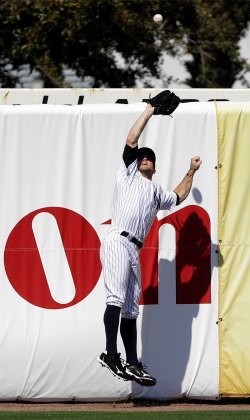
As we’ll see throughout this preview, Brett Gardner might be one of the toughest Yankees players to peg. Intuitively, it doesn’t appear that his skill set should work. He’s a slap hitter who draws much value from his patience at the plate. But why wouldn’t pitchers just throw him strikes? The worst he can do in most cases is hit a single. But for Gardner, that’s a pretty valuable outcome.
Whatever the actual case, pitchers don’t appear to throw Gardner strikes any more frequently than they do anyone else. He uses that to his advantage, drawing more than his share of walks. In fact, of the 216 times he reached base last year, 184 were a single, walk, or hit by pitch. But when you combine that with 47 stolen bases , those singles become more valuable. Of the 27 times Garnder was standing on first when a single was hit, he advanced to third base 10 times. Of the 9 doubles hit in that situation, Gardner scored six times. First base is not a bad spot for him to stand.
The question, of course, is not of what Gardner has done, but what he can do. Does he have the skills to repeat his performance from 2010? From the looks of his progression through the professional ranks, it appears so. He displayed a distinct trend starting in AA. He would get a mid-season promotion and falter a bit at first. Then he’d start the next season at that level and thrive. This carried over to the majors. He debuted with 141 PA in 2008 and sported a paltry .282 wOBA. In 2009 he stumbled out of the gate, but as noted above he recovered and finished the season with a .337 wOBA. Last year it was .358, which represented further improvement. Can he take another step forward this year?
As we’ve written many times, Gardner’s numbers took a dive after he was hit on the wrist on June 27. From that point forward he hit .232/.363/.340. Some of that might have been natural regression. Still, I don’t think his absolute ceiling is far off from the .321/.403/.418 he was hitting after getting hit on the 27th. A .300/.400/.400 line is certainly possible if he remains healthy all season.
Worst Case
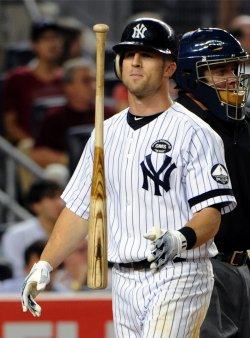
Gardner has suffered hand and wrist injuries in each of the last two years, which is always cause for concern. He doesn’t rely on power, so if his is sapped it shouldn’t make much of a difference. But as he showed in the second half of last year, simply swinging the bat can become a chore. He took more and more pitches — good pitches, too — as the season wore on. IT sometimes played to his advantage, but more and more often he was caught looking at strike three.
After undergoing wrist surgery this off-season, Gardner appears to be back in form. But what if he suffers another injury, whether via bean ball or by sliding hard into a base, as he did in 2009? If that happens early in the season it could be an enormous detriment. But regardless of when it happens, it will certainly affect him at the plate. For a player who relies so much on a small skill set, that can be a crippling problem.
Beyond injury, there’s a chance that Gardner just got incredibly lucky in the first half of 2010. I’m not sure I totally buy that, but it’s certainly possible. What, then, is his floor in terms of production? I think it’s safe to say that he’ll always hit better than he did in 2008. Could he hit worse than in 2009? Could he turn in a Reggie Willits type season, .258/.341/.302? Again, I suppose that’s possible. Given what we’ve seen from Gardner, I’d say that’s absolutely the worst case.
What’s Likely To Happen
Not many hitters ever attain a .383 OBP, and even fewer sustain it. Given Gardner’s ability to slap singles and take walks, he can continue to hit that mark. If not, I don’t see him far below it. Here is how the projection systems see him:
Bill James: .275/.377/.371 Marcel: .269/.357/.378 PECOTA: .260/.357/.364 ZiPS: .260/.356/.367 CAIRO: .270/.358/.372
They’re all pretty much in the same range — except, of course, for James, where the projections always trend higher than the others. Still, if I were picking a most likely scenario for Gardner, that’s the one I’d choose. The others seem a bit pessimistic, perhaps because of Gardner’s high BABIP in 2010. But some players simply have that ability. For a guy who walks a lot, Gardner might be a guy who only swings at good pitches and therefore makes better than average contact (even if the ball will only go for a single). I think that when we’re getting down in to PECOTA and ZiPS range, we’re looking at something closer to his worst case.
At this time last year, none of us knew what to expect from Gardner in the upcoming season. This year we have something of a better idea, but the disconnect between Gardner’s appearance and his numbers leaves many of us skeptical that he can continue producing at an elite level. But given his history of improvement at each professional level and the possibility that he stays healthy all season, I think we’ll see something of a repeat performance out of Gardner.
